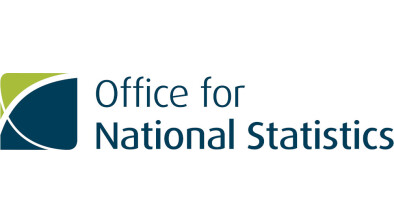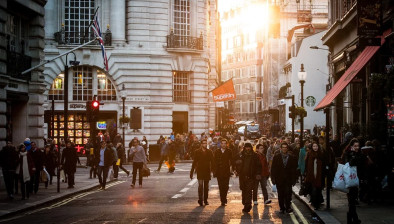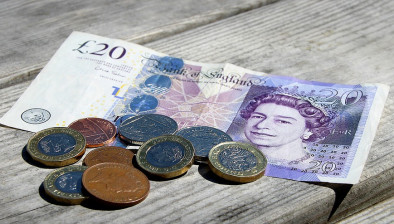UK retail sales dropped by 0.5% in May

Kevin Brown
Retail sales volumes fell by 0.5% in May 2022 following a rise of 0.4% in April, according to the latest figures published by the Office for National Statistics (ONS).
However, sales volumes were 2.6% above their pre-coronavirus (COVID-19) February 2020 levels.
In the three months to May 2022, sales volumes fell by 1.3% when compared with the previous three months, this continues the downward trend since summer 2021.
The fall in sales volumes over the month was because of food stores, which fell by 1.6%, reduced spending in food stores seems to be linked to the impact of rising food prices and the cost of living.
Automotive fuel sales volumes rose by 1.1% in May 2022, which may in part be linked to increased hybrid working and a fall in those working exclusively from home.
Non-food stores sales volumes were unchanged (0.0%) over the month; an increase in clothing sales (2.2%) was offset by a fall in household goods (negative 2.3%), such as furniture stores, and department stores (negative 1.1%).
The proportion of retail sales online fell to 26.6% in May 2022 from 27.1% in April but remains substantially higher than the 19.7% in February 2020 before the coronavirus pandemic.
Martin Beck, chief economic advisor to the EY ITEM Club, said: “Retail sales fell by 0.5% month-on-month (m/m) in May, while April’s rise was revised down to 0.4% from the original estimate of 1.4%. All of the sub-sectors apart from fuel saw sales either a fall or flatline in May, with the fall in food sales being particularly steep. May having one less bank holiday than normal is unlikely to have had a material impact on the data. The ONS attempts to adjust for these types of events: under similar circumstances, sales fell month-on-month in 2002 but rose in 2012, which suggests the calendar adjustment tends to do its job.
“Stepping back from the May data, it’s clear that sales have been on a steady downward trend since the April 2021 peak when the economy began to emerge from the last COVID-19 lockdown. In the earlier part of this period, the fall was largely a function of the rotation back towards social consumption and away from goods. But that process appeared to have been largely completed by the first few months of this year, and the recent weakness is likely to be a function of the squeeze on household finances.
“The EY ITEM Club expects the second half of 2022 to be a challenging period for retailers, with consumer spending power under significant pressure from very high inflation and personal tax rises, and with confidence continuing to decline – this morning’s GfK survey reported that sentiment reached a new record low in June. The retail sector is effectively already in recession, and the wider consumer sector is likely to experience a marked slowdown this year.”
Kevin Brown, savings specialist at Scottish Friendly, commented: “Rising living costs are now affecting the daily spending habits of large swathes of people across the country, not just those who are on lower wages.
“Higher prices mean that millions of families are buying less food. As many as 44% of adults, surveyed by the ONS, say they have bought less when shopping in the last two weeks.
“Shopping in cheaper stores, cutting back on luxury items and strict budgeting are some of the ways to combat inflation, but if your outgoings are already equal to or higher than your income then your options are slim.”
He added: “Wages in the UK are falling by 2.3% in real terms so on average UK household earnings are failing to keep pace with inflation. This is of particular concern in the public sector where earnings are falling even further behind.
“This result is more and more people are being forced to delve into their savings to make ends meet, which could have a long-term, detrimental effect on their finances.”







